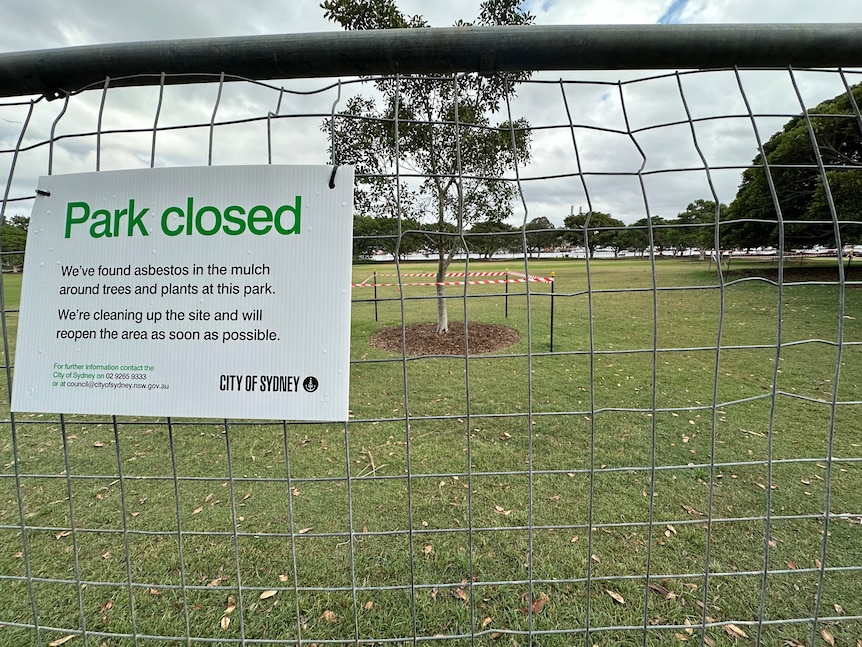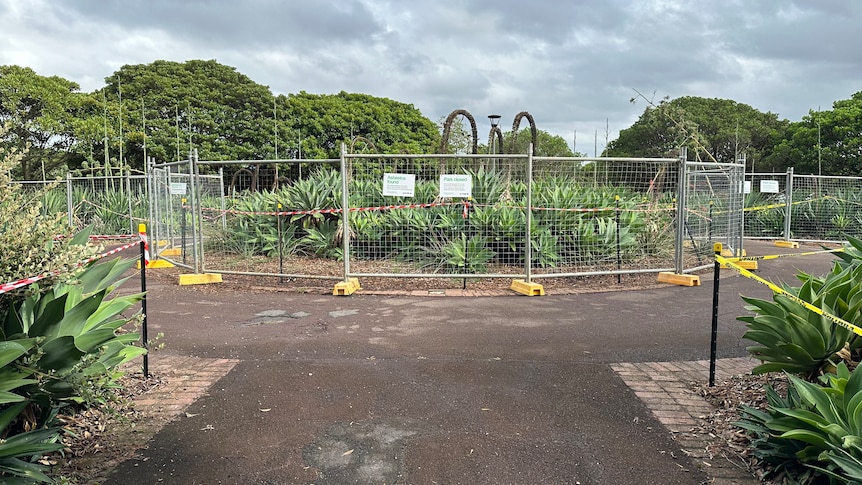Sydney Asbestos Contamination Sites: Recent Findings
Six new locations in Sydney have recently been identified as contaminated with asbestos, further exacerbating the issue of asbestos presence in the city. Among these sites are an aged care facility in St Ives and a private residence.
At Bicentennial Park, authorities discovered both ‘low risk’ friable asbestos and bonded asbestos, while the other locations solely contained bonded asbestos.
Investigation and Next Steps
Efforts are underway to determine how asbestos, a banned mineral, became mixed with mulch at these sites. The NSW Environment Protection Authority (EPA) is actively conducting tests to uncover the extent of contamination.
Notably, a hazardous form of asbestos was detected at Bicentennial Park, raising concerns about public safety. The presence of asbestos in mulch at multiple sites underscores the urgency of addressing this environmental hazard.
Experts have confirmed the discovery of friable asbestos at Bicentennial Park 1 in Glebe, emphasizing the associated health risks. The NSW government classifies friable asbestos as high risk due to its potential to cause serious respiratory illnesses.
Despite the identification of bonded asbestos samples at the park, a comprehensive review by the asbestos taskforce deemed the risk to public health as ‘low’ based on a report from the City of Sydney.
Jeremy McAnulty from NSW Health clarified that the friable asbestos sample found at the park posed minimal risk as it was part of a tile backing and not easily airborne or inhalable.
In response to these findings, the City of Sydney has taken proactive measures by cordoning off the affected area and installing signage to alert passersby of the contamination risks.
Additionally, five other sites in Greater Sydney, including North Rosebery Park, an industrial area in Rouse Hill, and Mary Mackillop Catholic Parish, have tested positive for bonded asbestos, bringing the total number of contaminated sites in the region to 47.

Sydney Asbestos Contamination Sites: Bicentennial Park Closure
Recently, Bicentennial Park 1 has been shut down to the public, as reported by ABC News journalist Heath Mcpherson. The Environmental Protection Agency (EPA) has linked the Greenlife Resource Recovery Facility to multiple contaminated sites in Sydney. The EPA is currently investigating the intricate supply chains associated with these sites.
Despite the allegations, Greenlife Resource Recovery Facility vehemently denies any responsibility for the contamination. Concerned parents of students attending St Justin’s Catholic Parish Primary School and St Benedict’s Catholic College in Oran Park have been informed about the presence of asbestos in the garden at Mary Mackillop Catholic Parish. Notably, these two educational institutions are located adjacent to the parish.
The Catholic Education Diocese of Wollongong has taken proactive measures by sending out three informative letters to parents. The initial correspondence, issued last Friday, disclosed that the garden was promptly closed off and secured upon the discovery that Greenlife had supplied mulch to the parish garden.
Sydney Asbestos Contamination Sites Investigation Update
The NSW EPA CEO, Tony Chappel, provided an update on the ongoing investigation into Sydney asbestos contamination sites, revealing that the majority of the concerning areas have already undergone testing.
Expressing satisfaction with the progress, Chappel stated, “We have successfully addressed the primary section of the supply chain that raised significant concerns.”
Describing the investigation as a significant criminal inquiry, he emphasized the importance of reaching a conclusive outcome to guide governmental decisions and effectively tackle the root cause of the contamination.
Chappel also issued a cautionary advisory, urging the public to avoid fenced-off areas until they have been properly remediated.

Tony Chappel mentioned that the majority of websites that utilized the tainted mulch underwent testing. A representative from the City of Sydney informed ABC that the council would persist in collaborating with the EPA’s investigation into Sydney asbestos contamination sites. They emphasized the ongoing effort to pinpoint and examine locations where there is a potential presence of contaminated mulch. The City of Sydney urged the public to steer clear of cordoned-off mulched areas in parks and garden beds during the testing phase. Due to the widespread impact of the issue on various sites throughout the state, there might be delays in accessing testing and remediation services. Please visit our site 60time.com for more information on Sydney asbestos contamination sites. Don’t forget to follow us on social media at [email protected].



